Art & Allyship
Art helps students to transform the abstract ideas of acceptance and allyship into concrete objects.
By Sarah Graham, CEO of Liberated Learners LLC, an instructional design company
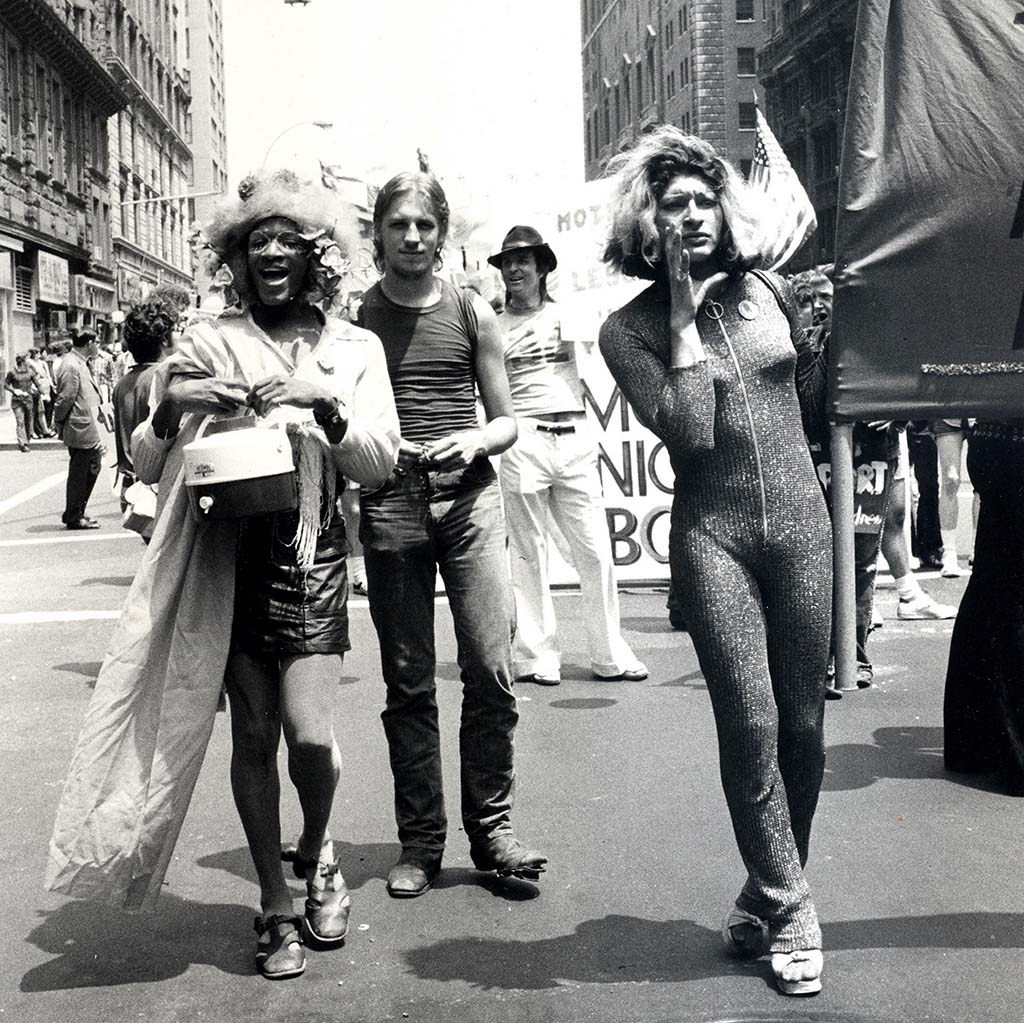
But what does it mean to teach students the underlying principle of love and acceptance when the mere mention of gay is forbidden in many schools across the nation?
How do we then turn bigotry into tolerance, indifference to acceptance, and allies into accomplices? Undoubtedly, one cannot shed prejudice overnight or heal from eras of hate after one workshop.
So where do we start?
Let’s start with art.
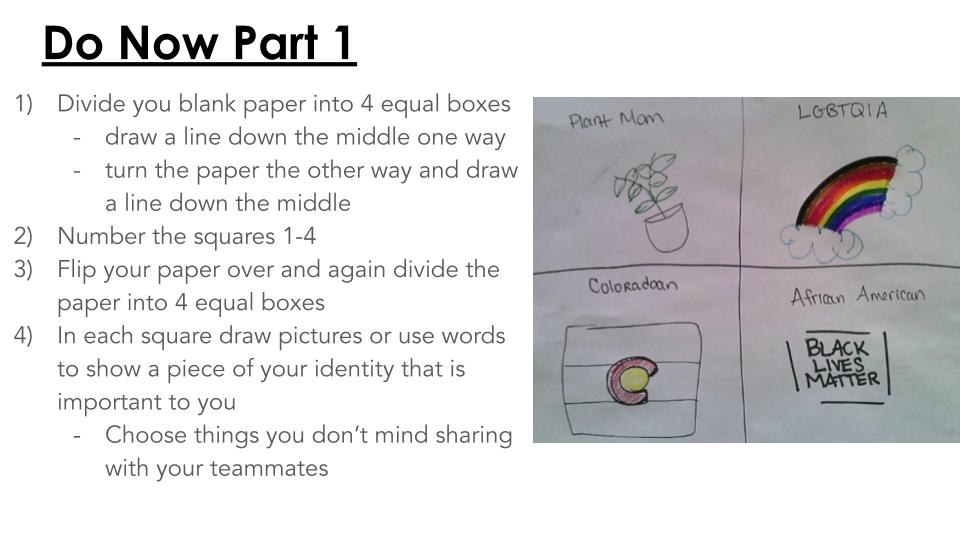
Every year I sharpened my colored pencils and organized them pristinely by hue into individual buckets (which of course was in disarray by the end of the day) in anticipation of my favorite identity unit and opening activity: Puzzle me!
I began by sharing my own identity puzzle before challenging students to think about and draw 4 pictures to represent important parts of their own identity.
Every year I get to redraw my example and every year I question whether or not to include LGBTQIA. I question if it is necessary for me to “out” myself and the repercussions of doing so. What will students and family think? How will it impact how students perceive me, trust me, and will my identity be honored or shunned? And then I remind myself these are the same questions my students are asking themselves everyday. So every year with nerves tingling, I share my identities because my visibility allows others to not feel hidden. Because, just as I would model how to multiply 2 x 2 it is my duty to model how to be proud of all your parts.

I watch as students meticulously add details to their drawings. For some students, this is the most focused they’ve been on an assignment. I listen with curiosity as students turn and share their passions and true selves. And then I rock their world with these few words, “Now hold up your paper, and put your finger on the square that you just shared with your teammate. Now tear that box off. Rip it up, crumble it up and throw that part away. I am not going to honor that part of your identity today. In fact I’ll just ignore that part of you completely; it no longer exists.”
The ensuing conversation and discussion is one of strong emotions as students process this simulated dishonoring. We always ended this activity by reflecting and pondering this question: How did it feel to have your identity- something that you cherish- disregarded, dishonored, and cast aside?
I’ve facilitated this activity with both adult and adolescent learners, and their reactions are the same: Expressions of shock and disbelief; feelings of anger towards me for forcing them to destroy parts of themselves; the struggle to separate who they are; and there is at least one learner in every group who flat out refuses to tear apart their drawing (secretly that student is usually my favorite; the rebellious one who will always fight and rage against inequities, the one who refuses to tear down a part of themselves simply because authority tells them to.) The most impactful part of this simulation isn’t just the sharing of identity, but the tangible realization that we all have all been made to feel not enough; to feel invisible.
Sometimes even more powerful than students’ reactions are adult epiphanies. The idea that we don’t know what identity was going to be disregarded that day or not. The truth is, as teachers we don’t intentionally dishonor identities, and yet our daily decisions determine who’s identities we honor and by omission which identities we inadvertently dishonor. Equity work is purposeful actions- examining every aspect of our institutional practices to ensure that we honor and celebrate each part of our students.
Overcoming implicit bias begins with recognizing they exist in ourselves and the world. This is the same truth for teachers and students. In the words of Gholdy Muhammad, “As long as oppression is present, students need space to name, interrogate, resist, agitate and work towards social change.” Part of my pedagogical belief is that art can provide students with processing space.
Art gives voice to the masses; makes loud what is silent. I incorporate art into my identity units because I believe art is the perfect medium to teach empathy. It helps students to transform the abstract ideas of acceptance and allyship into concrete objects.
Art is part of our daily lives, from media images to the symbols and colors used in advertisements all designed to deliver messages. The second identity unit I taught asked students to explore this key fact by exploring the symbols we see everyday- flags.

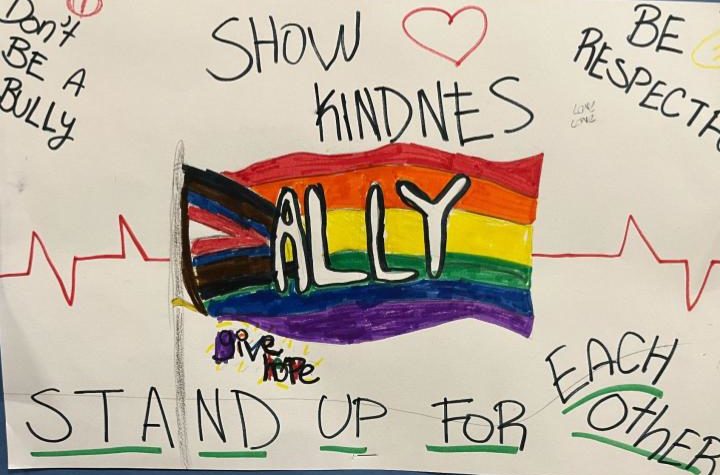
The lesson series took students on a historical journey. After learning about LGBTQIA leaders who fought for visibility and validation, students analyzed different mediums leaders and celebrities used to spread their message of acceptance such as music, speeches, protest signs, cinema, literature, and the pride flag that fueled a movement.
With this knowledge in tow, students were able to verbalize why visibility matters and why representation in movies, music, social media, and TV are essential in our quest for a more equitable world. We ended this unit as we started it- with art. The task: create a piece of art that shows support for a group that has historically been marginalized. With diligence and reverence, my fifth graders produced profound and empowering pieces. Through art my students learned how to be allies.

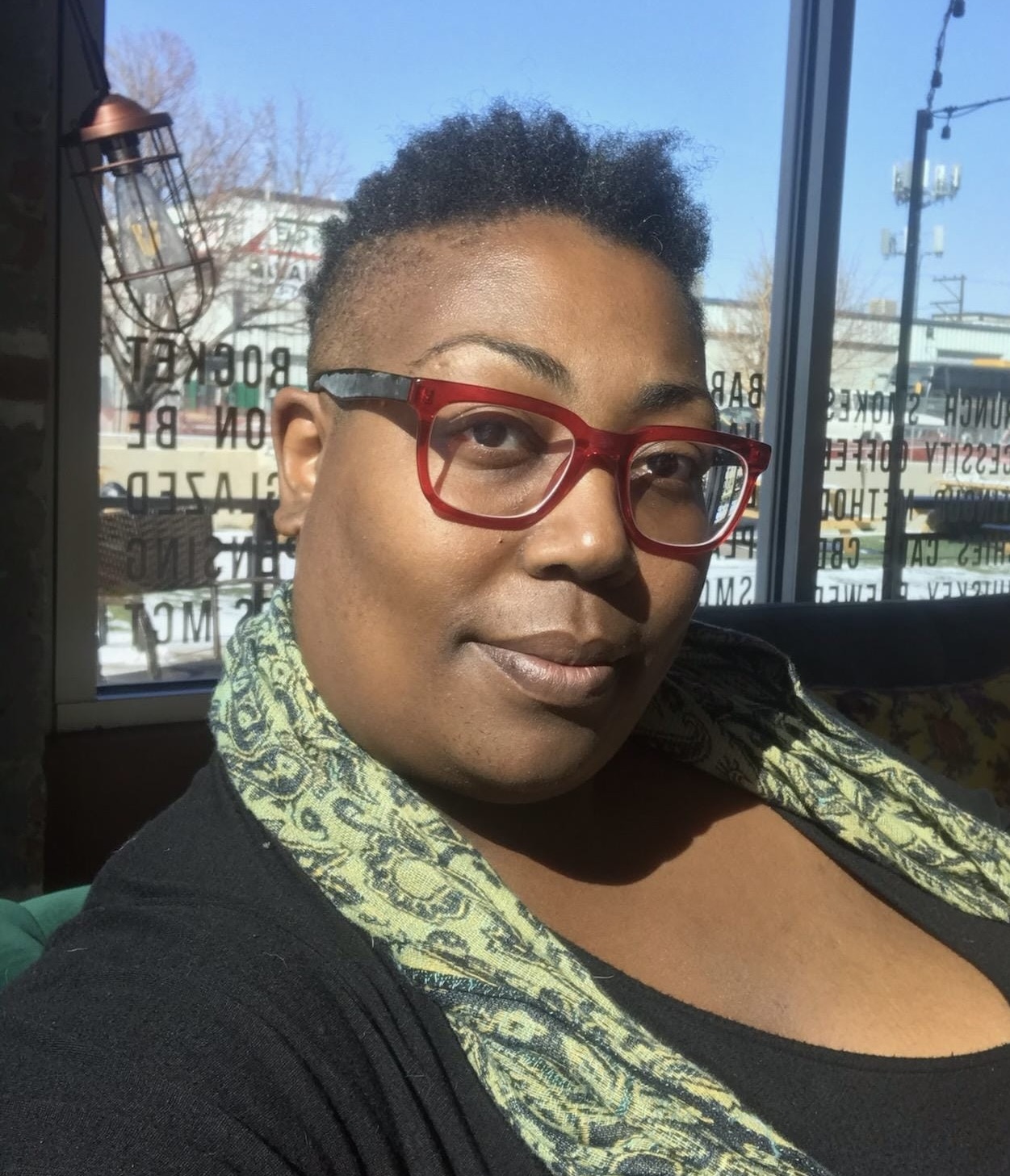
Sarah Graham
Sarah Graham is an innovative instructional designer and education consultant. She specializes in creating transformational and culturally responsive curriculum for adult and youth learners with a social justice emphasis. Sarah teaches learners to think critically about the world using, art, speech, kinesthetics, and technology.
Sarah graduated in 2010 from the University of Northern Colorado with a bachelors in special education and minor in literacy. As an educator and curriculum coach for over 10 years, Sarah received several awards including being voted teacher of the year for the 2019-2020 school year at KIPP Colorado.
Sarah now serves as the CEO of an instructional design company- Liberated Learners LLC. Sarah lives in Denver, CO where she enjoys attending poetry readings, art galleries, live music, and going on road trips. She is actively involved in the community and serves as the Creative Director of a local nonprofit, Healthy Denver Inc. Sarah is a lifelong learner who enjoys sharing her passion and knowledge with the community.
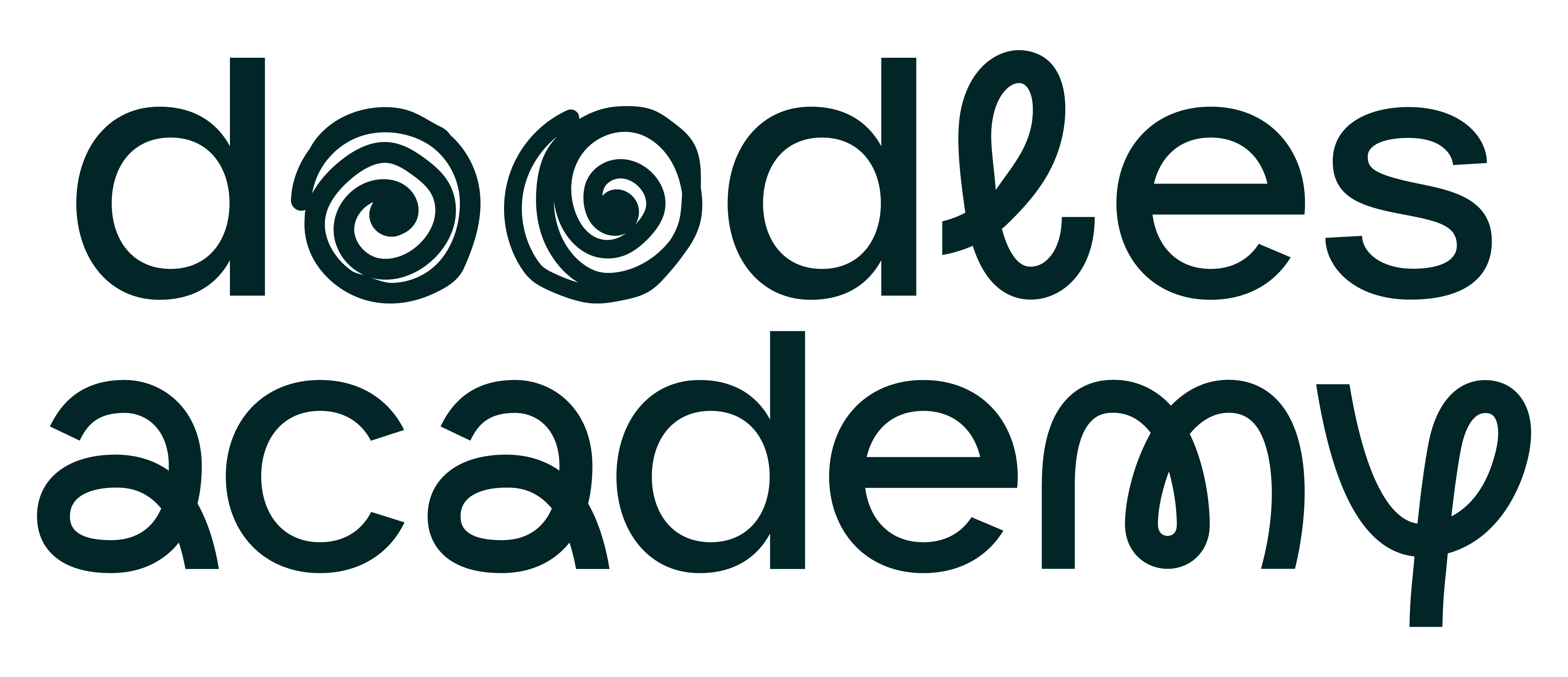
Thank you for being open honest when sharing yourself with your students. Great work introducing the concept of biases and how to become an ally to young people.